A five-thousand-year-old set of Egyptian fayence beads; a pair of nineteenth-century velvet and leather shoes, threaded with gold and part of a Viennese theatre costume; a Qing dynasty porcelain goblin designed to sit on the stairs, and five dead birds—red-necked tanagers from Brazil.
What do these objects have in common? Not much, except that they are all green. And they all featured in the second room of an exhibition at the Kunsthistorisches Museum in Vienna, curated by the filmmaker Wes Anderson and his partner, the writer and illustrator Juman Malouf.
Spitzmaus Mummy in a Coffin and other Treasures was, fittingly, on show in the Kunstkabinett of this ornate, magnificent museum in 2018. With its eclectic mix of art, animals, artifacts and instruments, the exhibition recalled the cabinets of curiosity in royal palaces and aristocratic homes that preceded modern museums. Like Anderson’s movies, it is quirky, carnivalesque and darkly humorous with a cast of colorful characters. But unlike the films, it lacked a discernable storyline.
The exhibition is the third installment of a series that began in 2012, in which the Kunsthistorisches Museum invites creative individuals to present their personal selections of objects drawn from the museum’s collections and those of the Weltmuseum (World Museum), the Theatermuseum (Theatre Museum) and the Natural History Museum. Previous editions were curated by Ed Ruscha and the writer and ceramic artist Edmund de Waal.




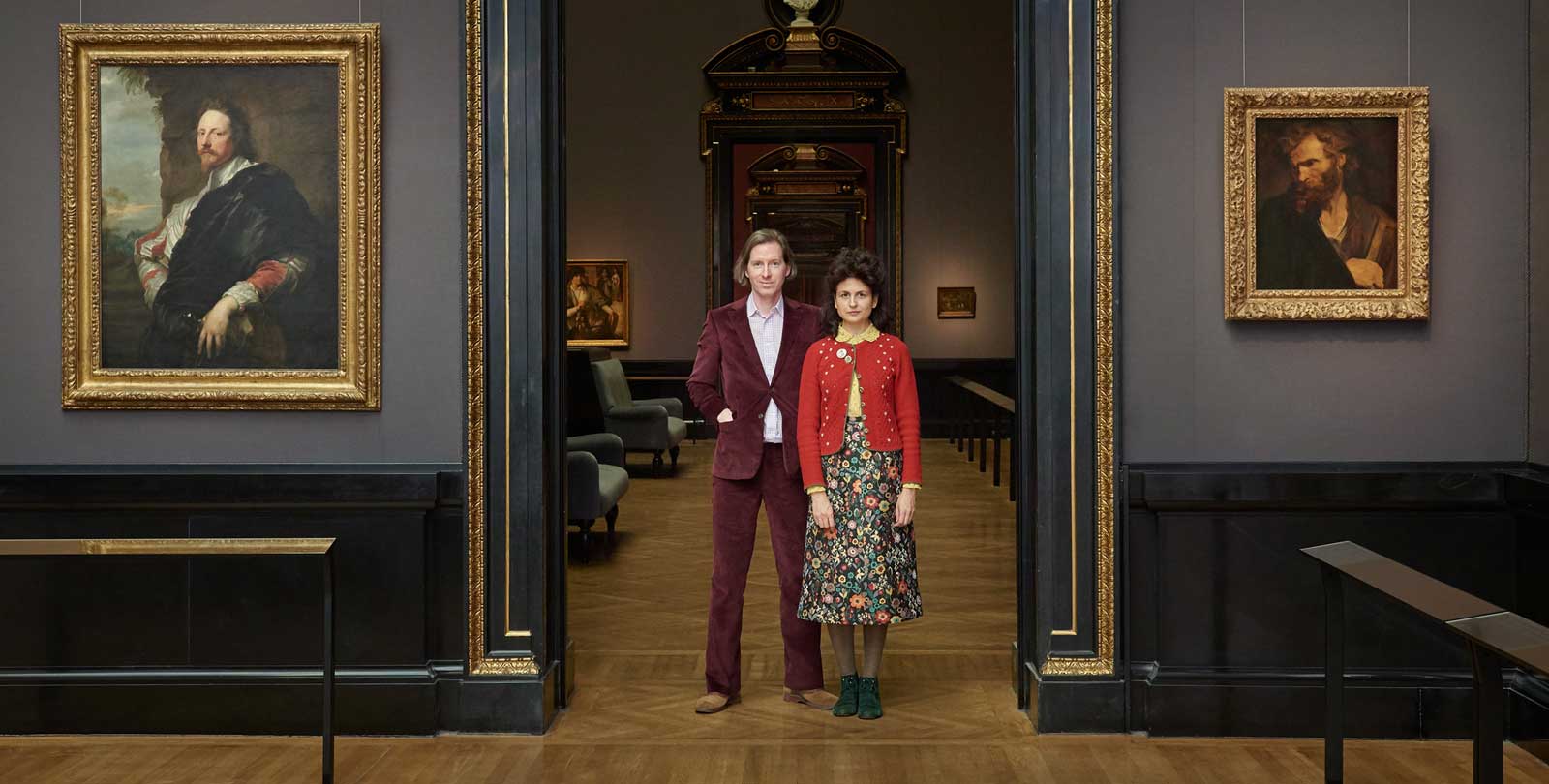


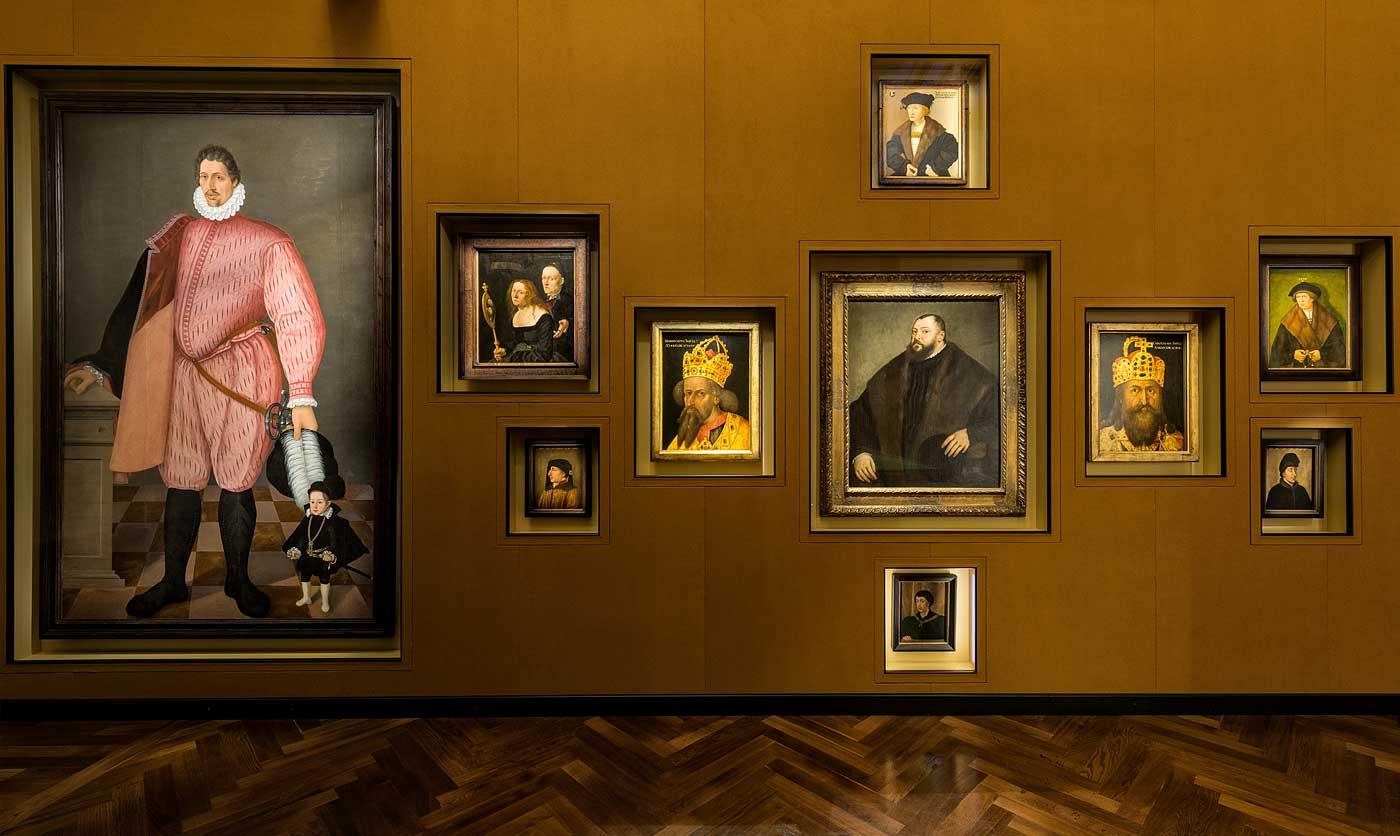
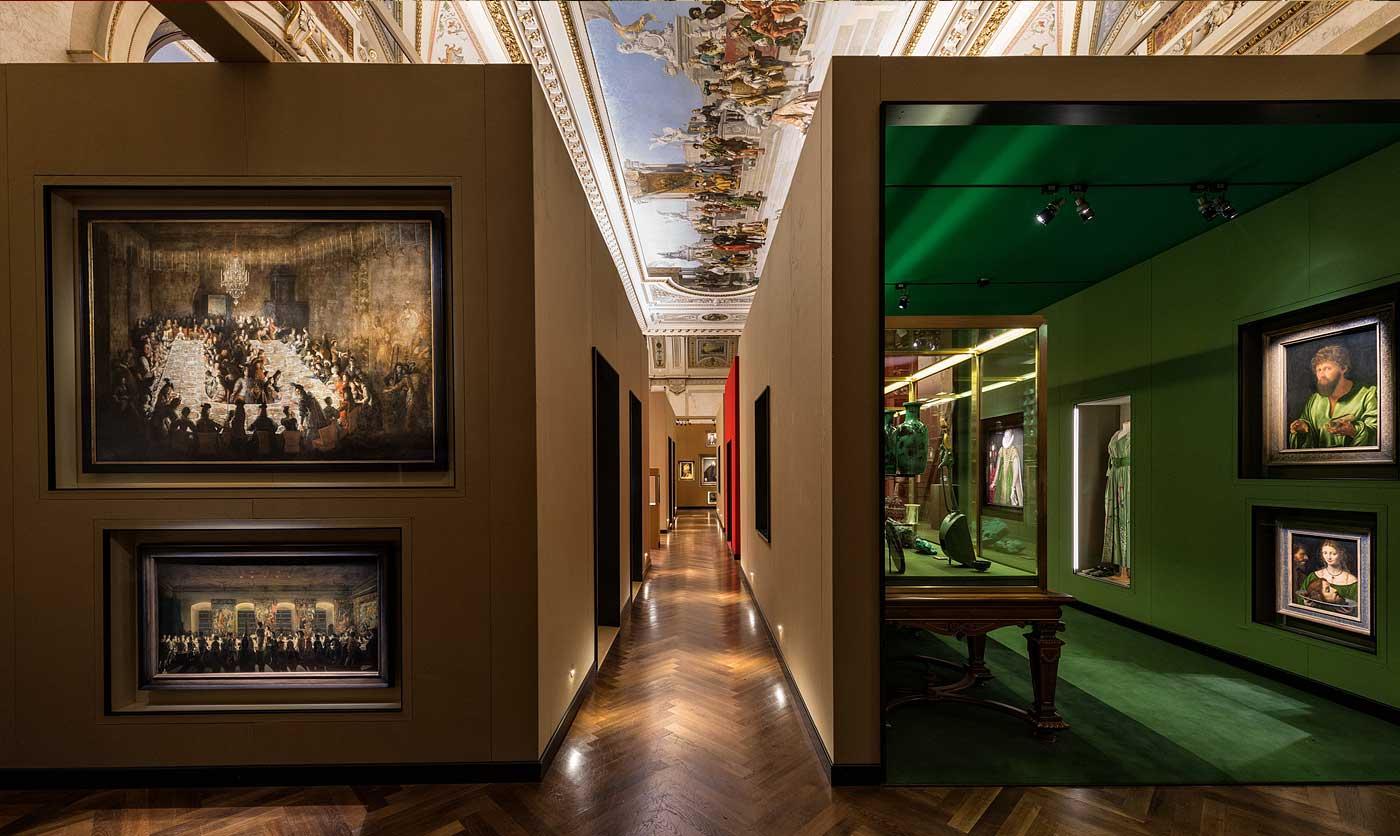
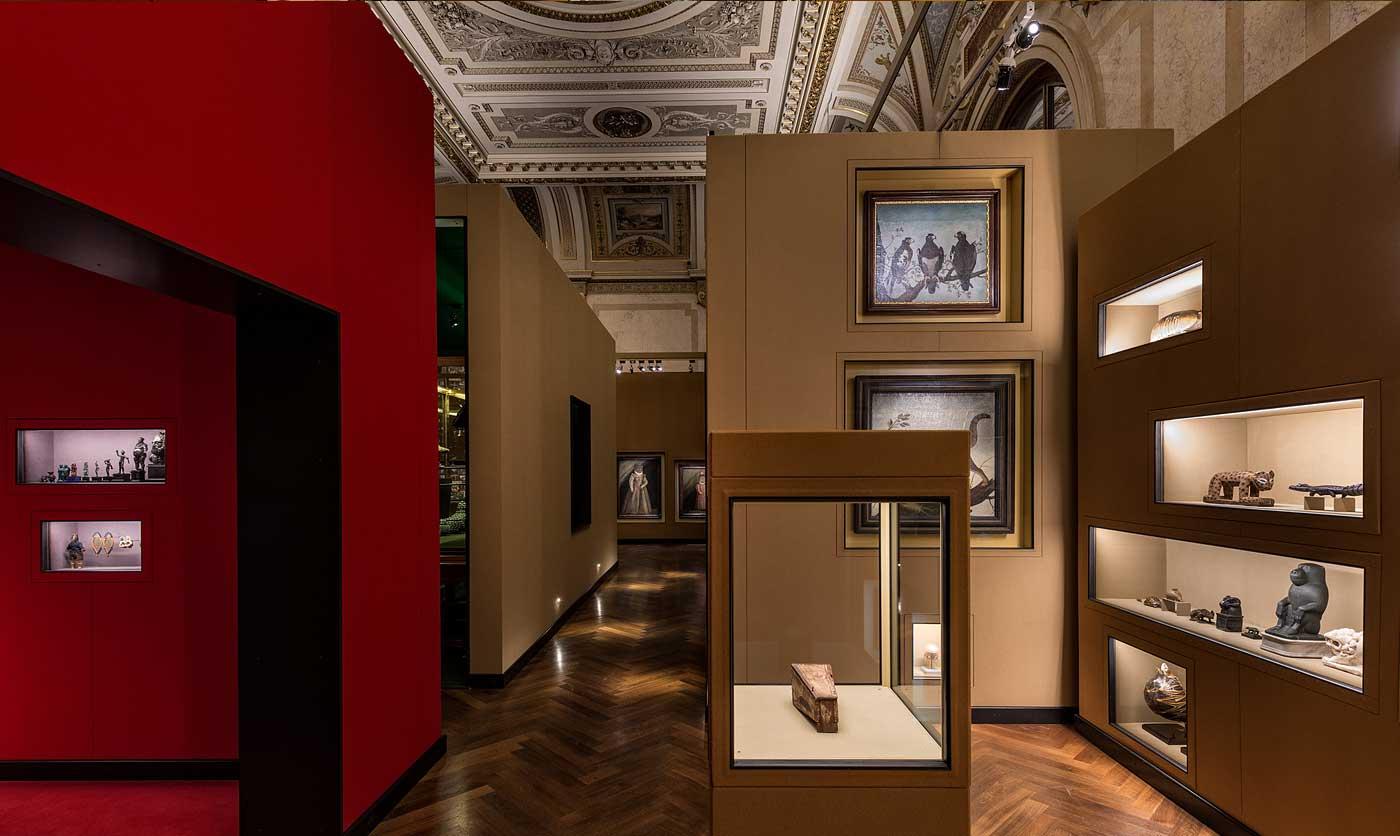
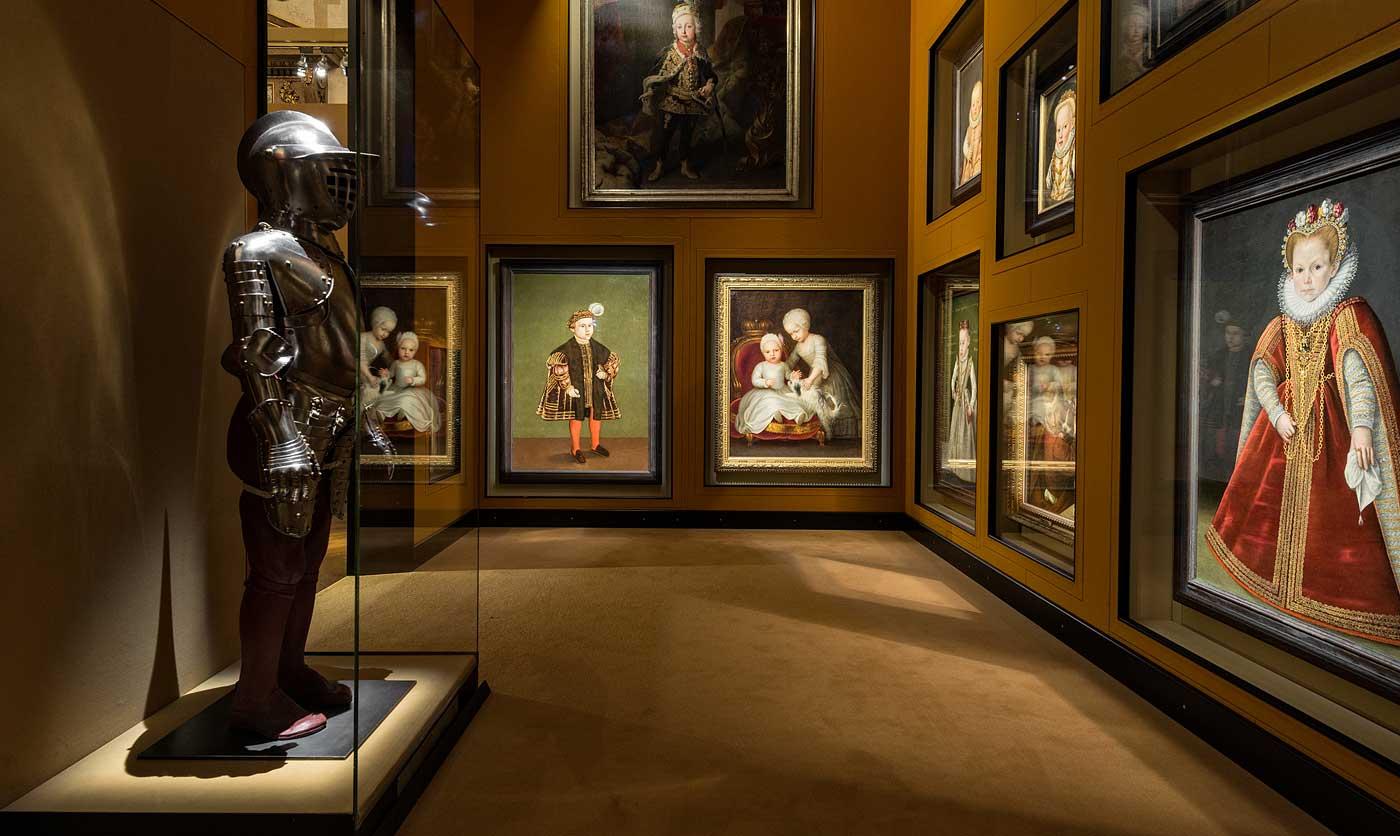
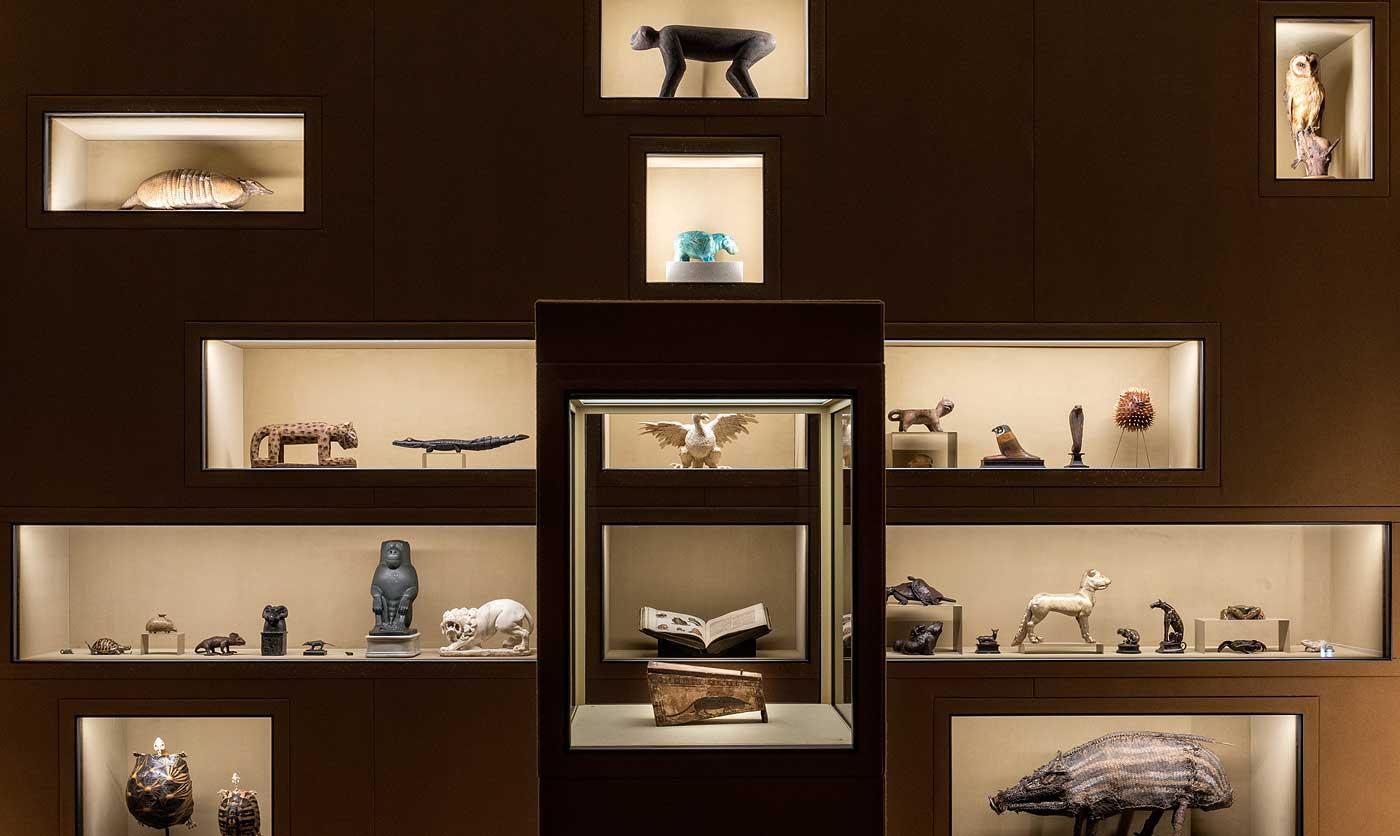
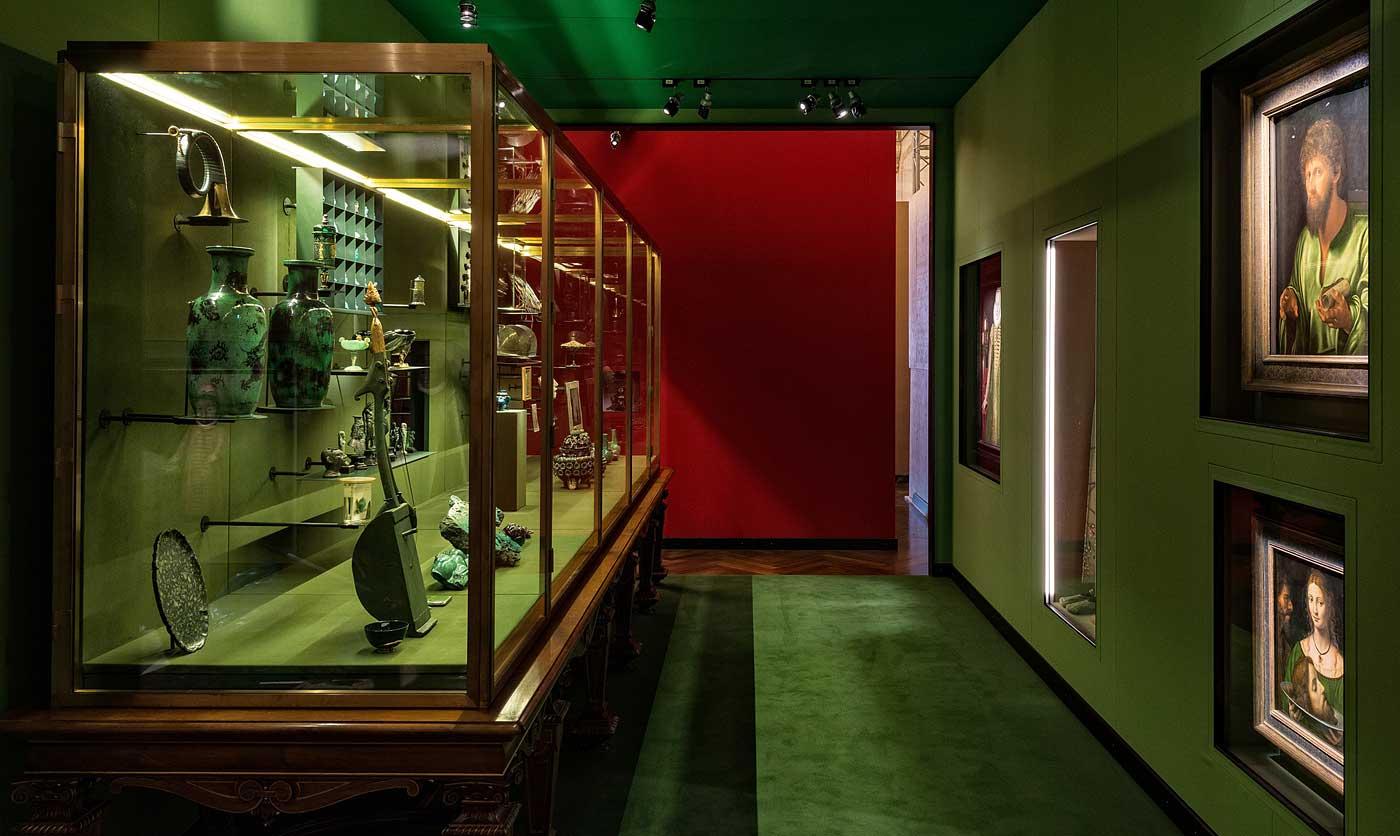
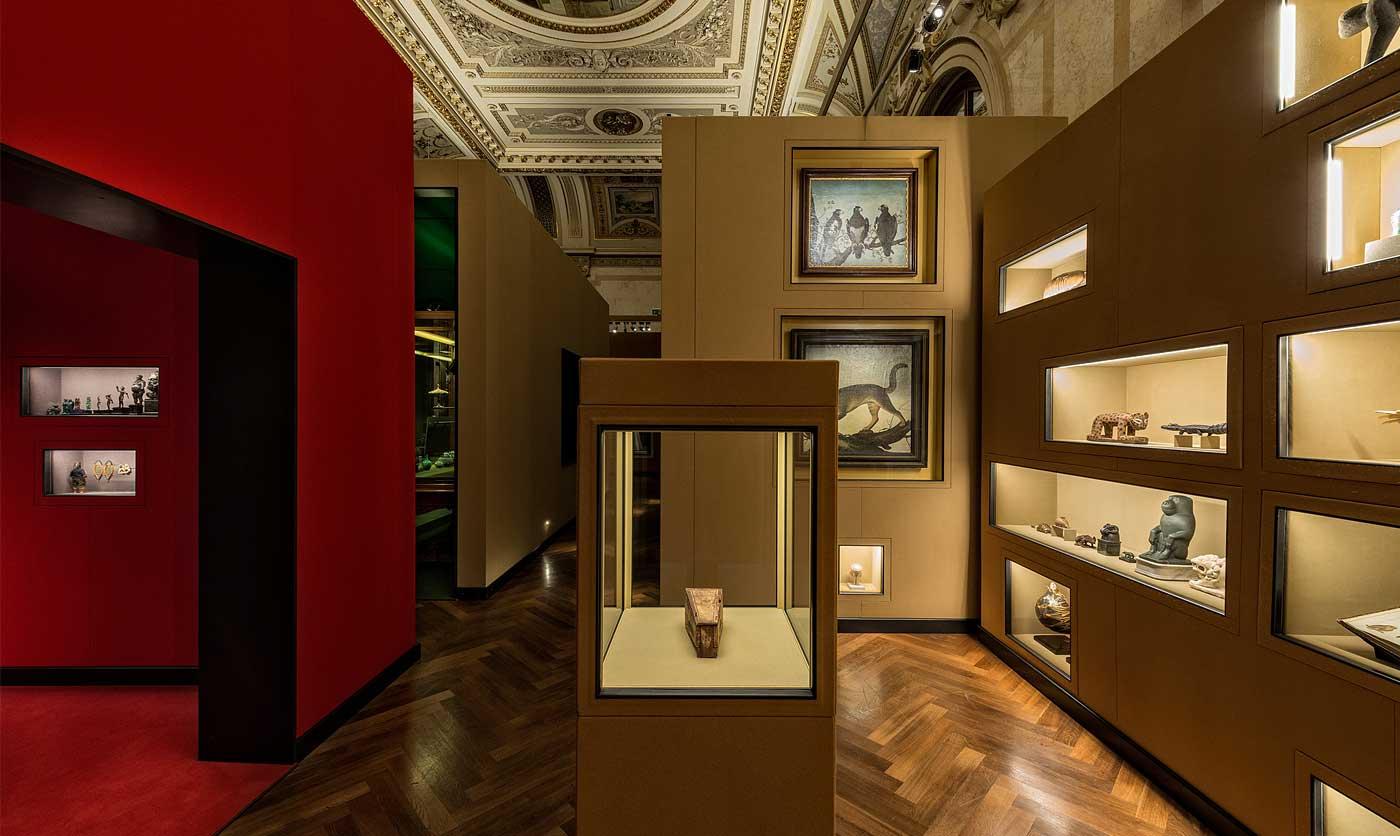



















![DEl Kathryn Barton [Australian b. 1972] the more than human love , 2025 Acrylic on French linen 78 3/4 x 137 3/4 inches 200 x 350 cm Framed dimensions: 79 7/8 x 139 inches 203 x 353 cm](/sites/default/files/styles/image_5_column/public/ab15211bartonthe-more-human-lovelg.jpg?itok=wW_Qrve3)



